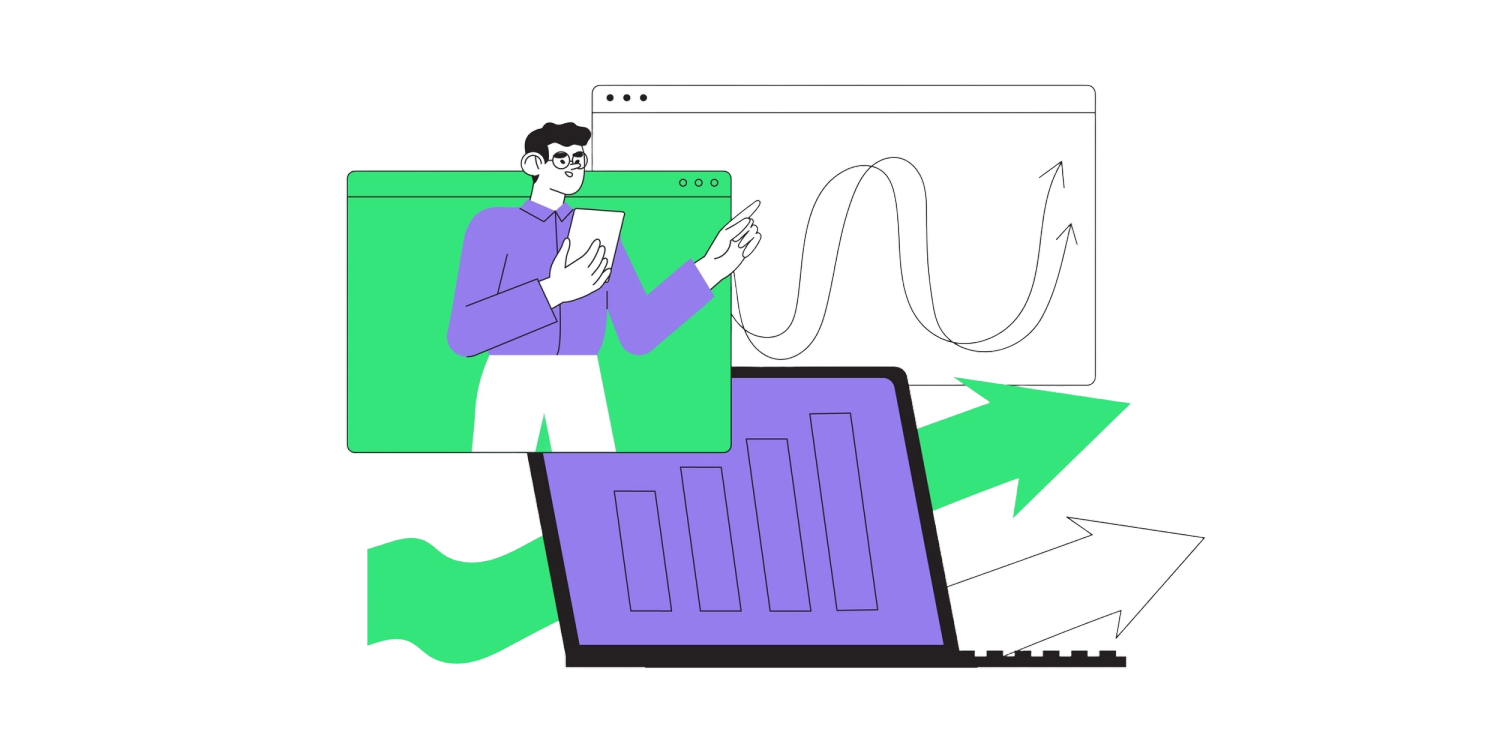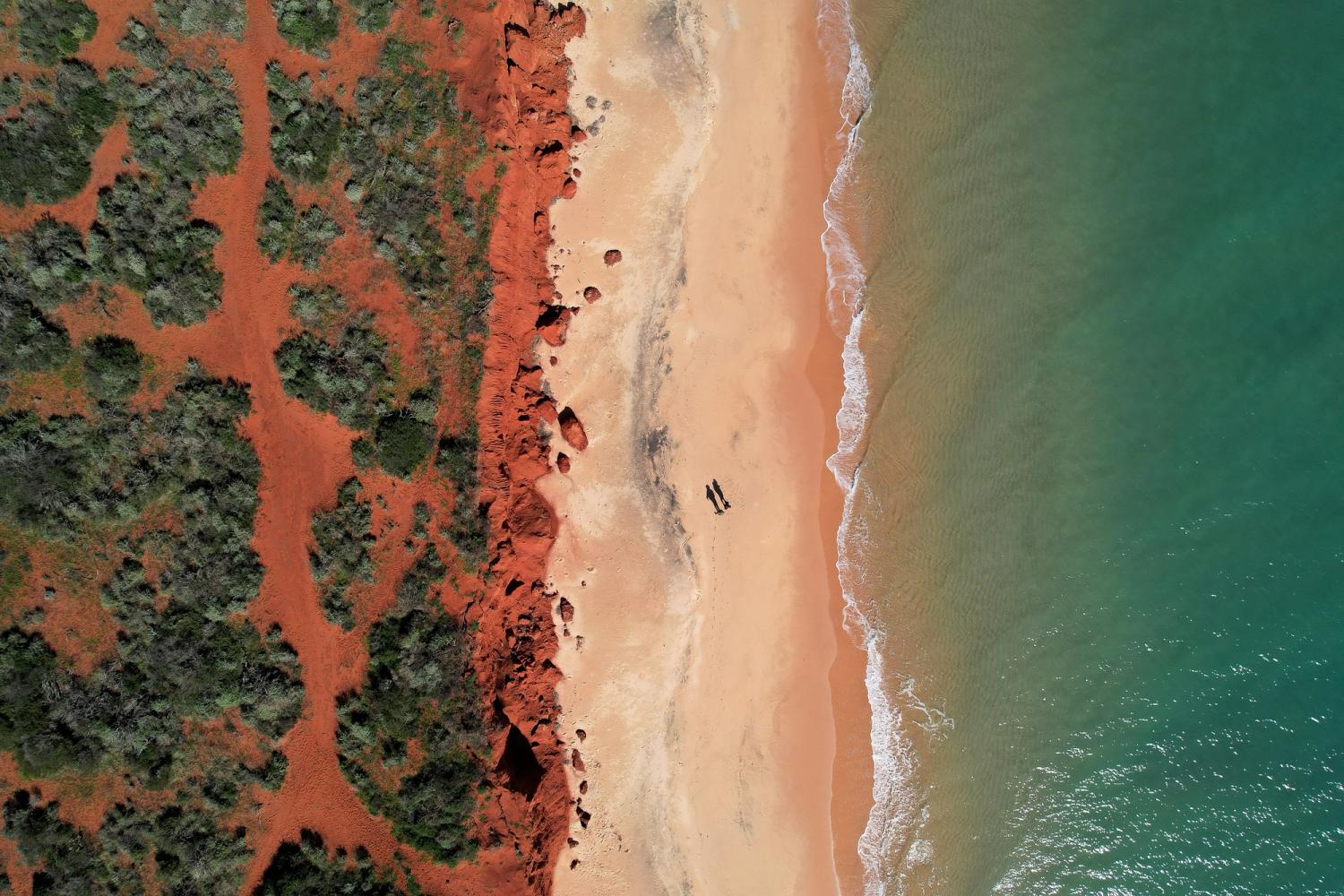How to make your website eco-friendly
According to a study by the Boston Consulting Group, the internet is responsible for one billion tonnes of greenhouse gas emissions every year. That’s around 2% of all emissions globally. Emissions will increase exponentially with more people going online and consuming richer formats. Every click, page view, auto-played video, form completed, and brochure downloaded burns carbon.
Sustainable web design is the practice of creating a website that meets both environmental and usability standards. It aims to make the web a cleaner and greener place by reducing the toll that websites take on the environment while also increasing SEO visibility and improving user experiences (UX).
Creating sustainable web designs
Sustainability has become an important consideration for web design. By using ecologically conscious technology, agencies and marketers can create more environmentally friendly websites. In addition, performance-based web standards ensure users have a positive experience while visiting these websites.
As we all know, going green is essential nowadays. Not only does it do wonders for the environment, but it also helps cut costs. If you want to make your website more sustainable, you can make a few changes.

7 Sustainability Tips
Follow these tips to use energy more efficiently and take some pressure off the planet.
1. Rethink Your CMS
Traditional CMS’ aim to be a single solution for managing the content and the front end. Still, they’ve struggled to keep up with ever-increasing digital experience and consumer content demands.
A headless CMS is a more efficient, flexible and eco-friendly way to manage your website’s content. With this solution, there is no graphical user interface. Content is created and managed through an API or command-line interface, and it’s a much lighter CMS option.
This setup is perfect for managing and delivering content to websites and mobile apps. Our preference (and our web development partner, Woolly Mammoth) is Gatsby.
2. Choose An Eco Host
Switching to a green web hosting provider is one way to make your website more sustainable.
Green hosting providers use renewable energy sources like solar power, and they also take other measures to be environmentally friendly, like offsetting carbon emissions or using eco-friendly equipment.
3. Use Lazing Loading
Instead of loading all a page’s resources simultaneously and immediately, lazy loading asks the browser to load content that appears above the fold until the user scrolls down. Any digital marketeer will tell you that there is an exponential drop-off as people scroll down a webpage, so lazy loading is an easy eco-win.
You can similarly optimise your tracking tags using a tag management solution.
4. Go Bespoke
Do your part in saving the planet by avoiding templated websites. Bespoke code is not only more environmentally friendly, but it’ll make your website stand out from the rest (in a good way). Another way to reduce wasted energy on your site is to limit the use of tracking tags, like heat mapping. If you must use them, do so sparingly. Also, if your website’s code is clean and concise, developers can combine resource files- thereby reducing browser requests.
5. Move to A Modern Image File Format
WebP (pronounced ‘weppy’) and AVIF are modern image file formats developed to replace GIFs, JPEGs and PNGs. According to HTTP Archive, images make up 13.9% of total website weight (on average between desktop and mobile as at the time of writing) so they represent a strong opportunity to reduce environmental impact.
According to Web Archive, a data-led site run by expert contributors about the current state of the web, WebP and AVIF both weigh in almost 40% lighter than JPEG, at 1.3-1.5 bits per pixel. Web Archive contributors, Eric Portis and Doug Sillars report that “In formal studies using matched qualities, WebP outperforms JPEG by between 25-34%, so its real-world performance seems surprisingly good“.
6. Cut Video Down to Essentials
Of all website content, videos are the heaviest and most likely to slow down your site. Yet their use has exploded in popularity because they’re so successful at holding people’s attention. To mitigate these effects, only keep essential videos on your site, make them low resolution, directly embed them onto your pages instead of linking out, and don’t set them to autoplay.
7. Cull No and Low-Value Content
Every page visit sends a request to your server, and that consumes energy. If a page doesn’t drive conversions, if it has a high bounce rate or doesn’t appear in the search engines and if it doesn’t have websites linking to it, it’s best eco- and SEO practice to remove it.
Generate good digital karma
These suggestions are just the tip of the Sustainable Web Design iceberg, but they provide a good starting point.
If you want to know how to compare your website’s eco-friendliness to your competitors or to understand how much carbon it gives off a year, a quick Google search will provide you with a smorgasbord board of websites that can help.
Finally, when you rebuild your website, please consider your environmental obligations and mandate sustainable web design and carbon-efficient practices. Sure, you’ll be doing your bit, but your good digital karma (aka improved efficiency) will boost your SEO visibility and increase your conversion rates.
Are you keen to get started on making your website more environmentally friendly? Get in touch with our team of UX and web developers!
We’ll help you reduce global Internet emissions and embrace sustainable web design.
Conclusion
Is your website sustainable? Level up your web design with Indago today.
Written by
Tahlia Reynolds





